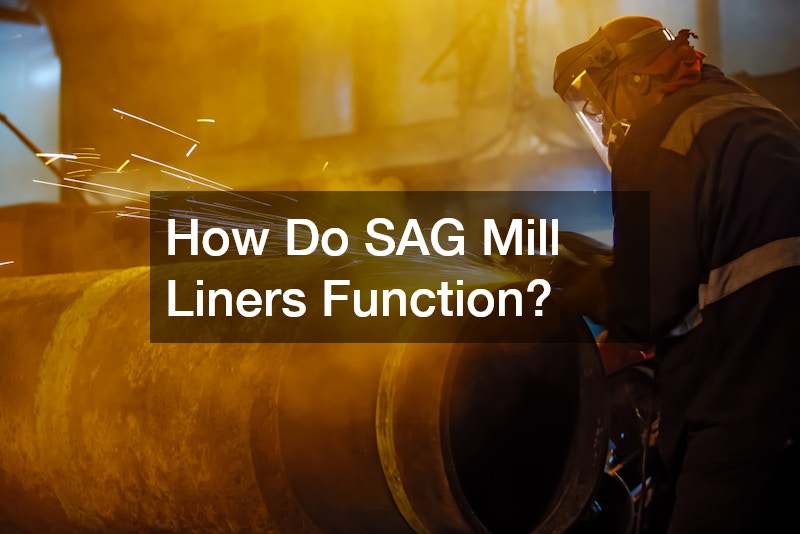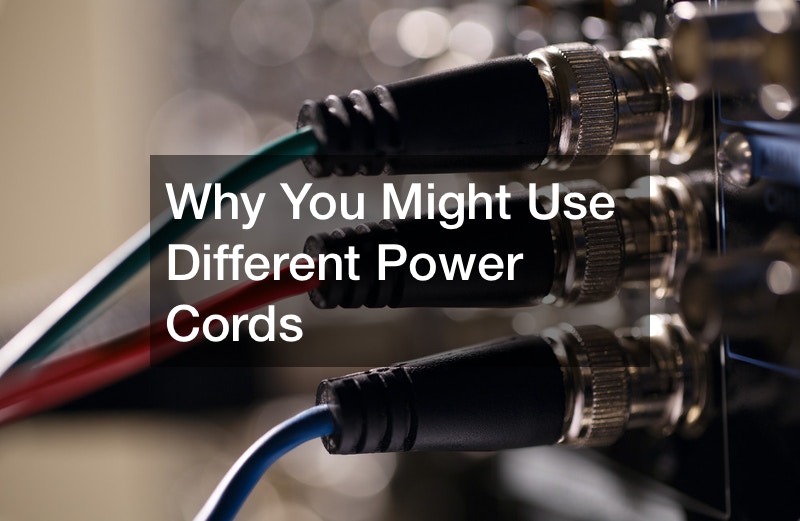
SAG (Semi-Autogenous Grinding) mill liners play a crucial role in the operation of grinding mills, particularly in the mining and mineral processing industries. These liners are designed to protect the mill’s shell from the severe wear and tear caused by the grinding process, while also enhancing the mill’s efficiency. Understanding how SAG mill liners function is essential for optimizing mill performance and longevity.
SAG mill liners are strategically placed along the interior of the mill to absorb the impact of the grinding media and the material being processed. The liners are made from materials like rubber, steel, or composite materials, chosen based on their ability to withstand the harsh conditions inside the mill.
A critical aspect of SAG mill liners is their design. The liners are shaped to lift the grinding media higher during rotation, ensuring that the media falls from a greater height, thereby increasing the impact energy. This enhanced impact energy improves the grinding efficiency, allowing for finer particle size reduction.

Particularly important are the sag feed and discharge end liners, which are designed to manage the flow of material into and out of the mill. The sag feed and discharge end liners help control the entry of fresh feed into the mill and the exit of the ground product, ensuring a smooth and efficient milling process.
By understanding the function of SAG mill liners, operators can ensure that their mills are running efficiently, reducing downtime, and extending the life of both the liners and the mill itself.



